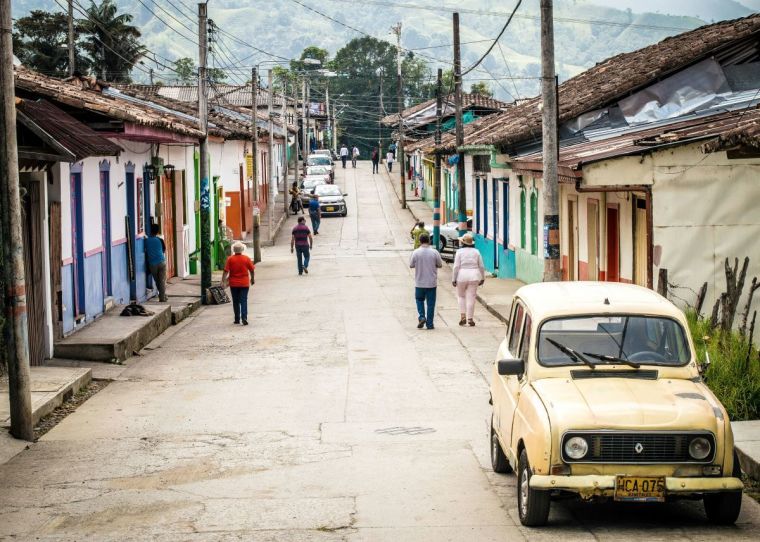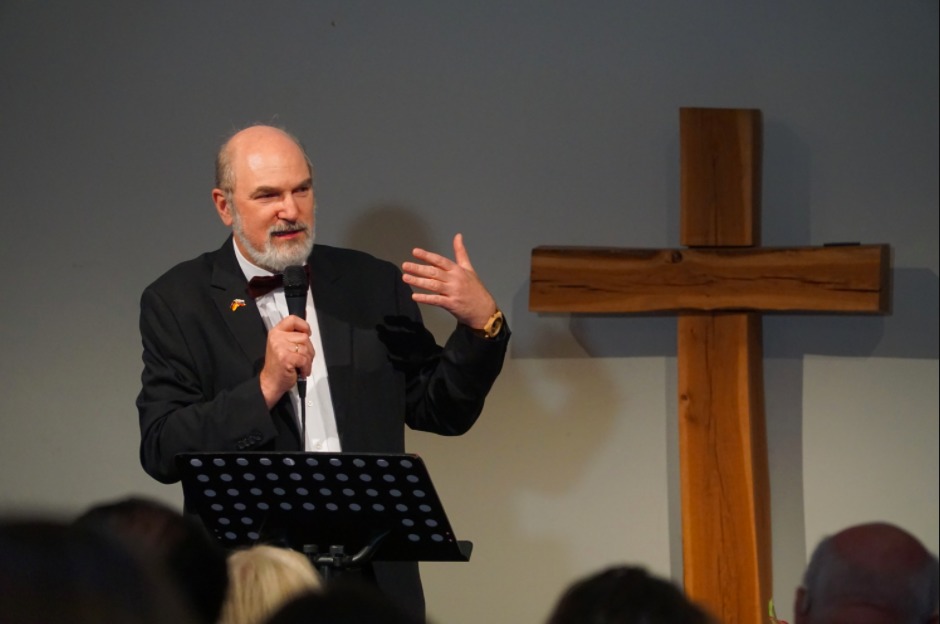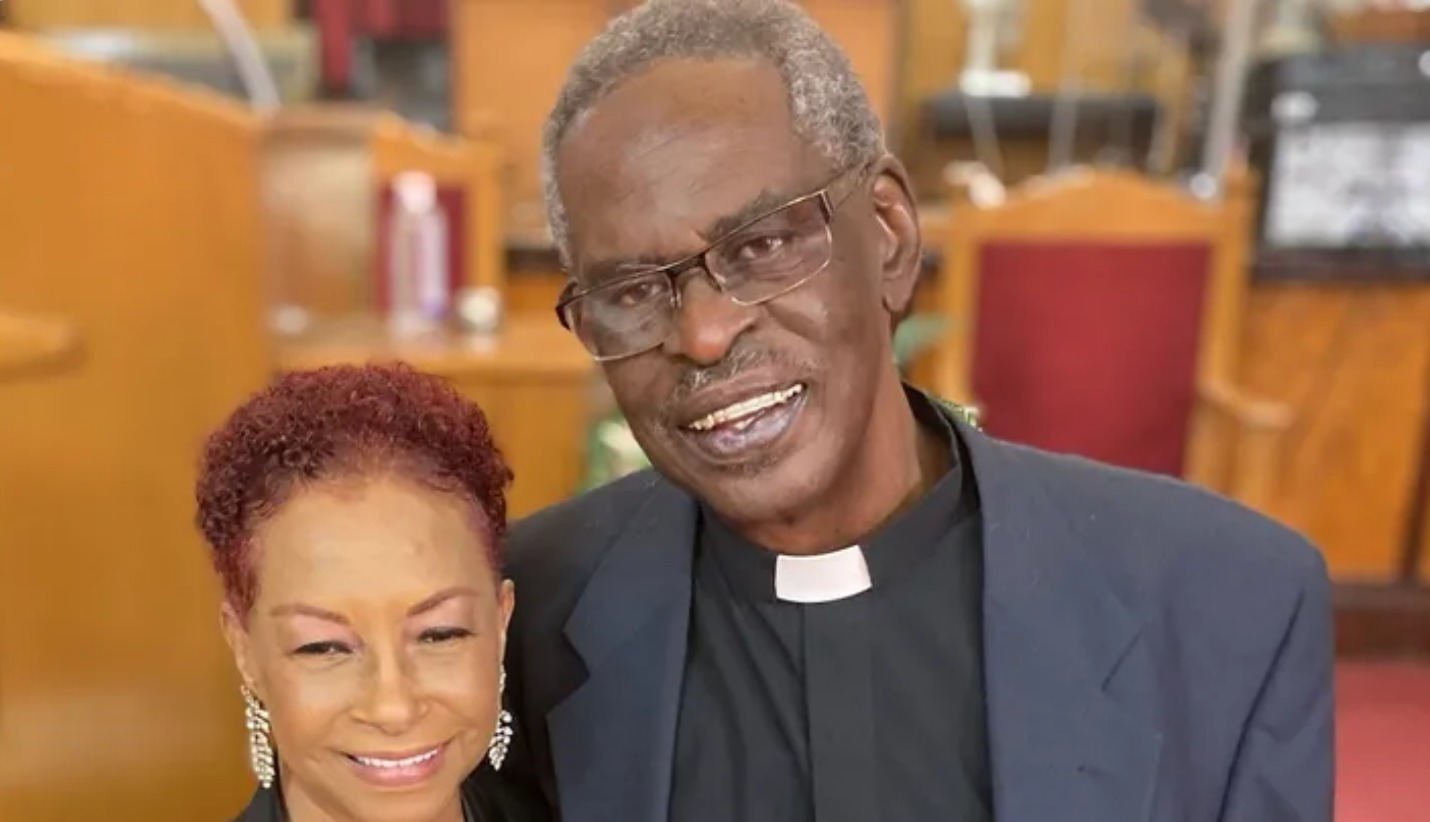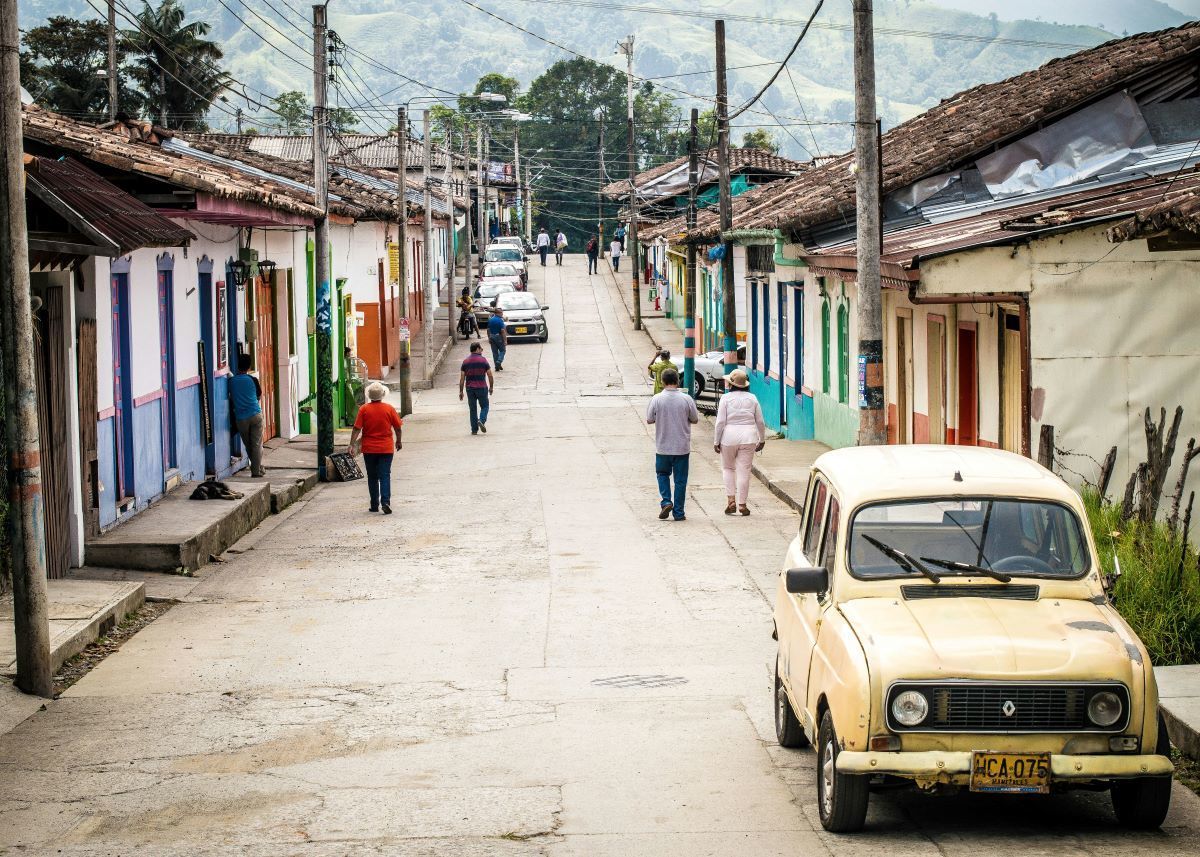
When Carlos and Ana married, they had a dream: to serve God as missionaries somewhere in the world. Both had grown up in Evangelical churches in Colombia and had felt God’s call to share the Gospel with other cultures. However, they didn’t know how to make it happen.
“We had no resources, no support, no experience,” recalls Carlos. “We thought missions were only for foreigners coming to our country.”
But one day, Carlos and Ana heard about a Latin American mission agency that offered them training, orientation and sending them to different fields. They enrolled in a missionary preparation course, and after a year of study and practice, they were assigned to a project in Central Asia, among a Muslim ethnic group that had never heard the name of Jesus.
There, along with other Latin American missionaries, they have been serving for more than five years, learning the language, adapting to the culture and sharing the love of Christ with their neighbors.
“God has been faithful, and we have seen fruit amid difficulties,” says Ana. “We are happy to be part of what God is doing in the nations.”
The story of Carlos and Ana is just one example of the growing Evangelical missionary movement that has been taking shape in Latin America for several years now.
According to the Center for the Study of Global Christianity, until recently there were more than 10,000 Latin American Evangelical missionaries serving in more than 100 countries, especially in places where access to the Gospel is not easy, such as the Islamic, Buddhist and Hindu worlds. This figure represents an increase of more than 300% since 2000, and places Latin America as the third region in the world with the most Evangelical missionaries, after North America and Europe.
In 2007, a report by Lausanne World Pulse stated that almost 25 years before, Latin America formally joined the world missionary force. It shows how this has been a trend that started earlier and is continuing today.
Now, 400 mission agencies are sending out 9,000 Latin Americans. It is estimated that another 3,000 have gone out without a sending structure.
The truth is that the Evangelical missionary movement in Latin America has experienced significant growth in recent decades.
According to the Association of Baptists for World Evangelism website, “The Latin American church is like the sleeping giant that is awakening to plant gospel-centered churches throughout Latin America, to reach pockets of the unreached within its borders, and to send missionaries to the most difficult places in the world.”
While Latin American missionaries face both challenges and opportunities, and the U.S. Church continues to play a role in supporting and collaborating with this movement, there are specific factors that explain this very interesting development.
A Biblical view of missions
One of the factors that has driven the missionary awakening in Latin America is the rediscovery of the biblical vision of missions, which understands that God’s purpose is to glorify His name among all nations and that the Church is the instrument He has chosen to fulfill His plan. This vision has been transmitted and reinforced by various events, publications and resources that have emphasized the missionary mandate of Christ and the urgency of reaching unreached peoples.
One of these events is the Latin American Congress on Evangelization (CLADE), which has been held every 10 years since 1969 and has brought together thousands of Evangelical leaders from all over the region to reflect on the mission of the Church in the Latin American context.
The last CLADE, held in Costa Rica, had as its theme “Integral discipleship in the power of the Spirit: Towards a missionary, prophetic and hopeful Church.” It was affirmed that “God’s mission is integral and embraces all dimensions of human life and creation,” and a call was made to “assume the commitment to be a missionary church, which announces and lives the Gospel of Jesus Christ in the power of the Holy Spirit, during the challenges and opportunities of our time.”
Another event that has marked the missionary vision of Latin America is the Ibero-American Missionary Congress (COMIBAM), which began in 1987 in Sao Paulo, Brazil, and has been considered the first missionary congress organized by and for Latin Americans.
The goal of COMIBAM has been to promote cooperation and missionary mobilization among Spanish-and-Portuguese-speaking Evangelical churches, agencies and organizations. The last COMIBAM, held in Bogota, Colombia, had as its theme “The glory of Christ in the nations” and brought together more than 800 participants from 40 countries, who shared their experiences, challenges and strategies for the progress of the kingdom of God in the world.
In addition to these events, it is worth mentioning the work of various Latin American missionary agencies and organizations that have emerged in recent decades to facilitate the sending and support of missionaries from the region. Some of these agencies are AMA (Argentine Missionary Agency), AMAL (Latin America Missionary Agency), AME (Evangelical Missions Agency), AMEC (Central American Evangelical Missionary Agency), AMEE (Ecuadorian Evangelical Missionary Association), AMEM (World Evangelization Mission), among others.
These agencies offer training, orientation, pastoral care, financial management and support networks to missionaries and sending churches.
It is also worth highlighting the contribution of various publications and resources that have helped to spread the missionary vision among Evangelical Christians in Latin America.
These include the magazine VAMOS (Let’s Go), which since 1984 has published articles, testimonies and news about missions; the book “World Mission,” written by missionary and theologian Jonathan Lewis, which offers a biblical, historical and practical introduction to missions; the website Movilicemos.org, which offers free resources for missionary mobilization and education; and the radio program “Ventana al Mundo” (Window to the World), which broadcasts on more than 500 radio stations in 23 countries, informing and motivating listeners about missionary needs and opportunities.
A diverse and flexible cultural identity
Another factor that has favored the missionary awakening of Latin America is the diverse and flexible cultural identity that characterizes Latin Americans, which allows them to adapt and relate to other cultures more easily and naturally. Latin Americans are the result of a mixture of races, languages, beliefs and traditions, which have shaped a rich and varied culture, which in turn has been influenced by the processes of globalization and migration. This cultural diversity has given Latin Americans a greater sensitivity and openness towards others, as well as a greater capacity for learning and intercultural communication.
These qualities are highly valued and leveraged in the mission field, where Latin American missionaries have proven to be effective and creative in the development of their ministry. Some examples of this are the use of music, art and humor as means of evangelism and discipleship; the formation of multicultural and multidisciplinary missionary teams; the integration of the family and the community in missionary service; the attention to the social and humanitarian needs of the people; and putting the Gospel message in the context of the worldviews and values of the host cultures.
A testimony of the cultural advantage of Latin American missionaries is provided by the Brazilian pastor and missionary Ronaldo Lidório, who has served for more than 20 years among the indigenous peoples of Brazil and Africa. He comments that “Latin Americans have a very great facility of adaptation because we are a people of mixed race, who have received influences from many cultures. We have a very good ability to relate to each other because we are a happy, festive people, who like music, dance and sports. We have a very high social sensitivity because we are a people who have suffered a lot, who have gone through many difficulties, and who know what poverty is”.
The Evangelical missionary movement in Latin America is booming, with a growing number of believers — like Carlos and Ana — feeling the call to take the Gospel beyond their borders. As this “sleeping giant” continues to awaken, it is poised to bring about an even greater impact on the nations of the world in the years to come.
This article was originally published by Christian Daily International.
Christian Daily International provides biblical, factual and personal news, stories and perspectives from every region, focusing on religious freedom, holistic mission and other issues relevant for the global Church today.
Free Religious Freedom Updates
Join thousands of others to get the FREEDOM POST newsletter for free, sent twice a week from The Christian Post.




























![[Video] More – Aghogho » GospelHotspot](https://gospelhotspot.net/wp-content/uploads/2024/04/More-Aghogho.jpeg)
















